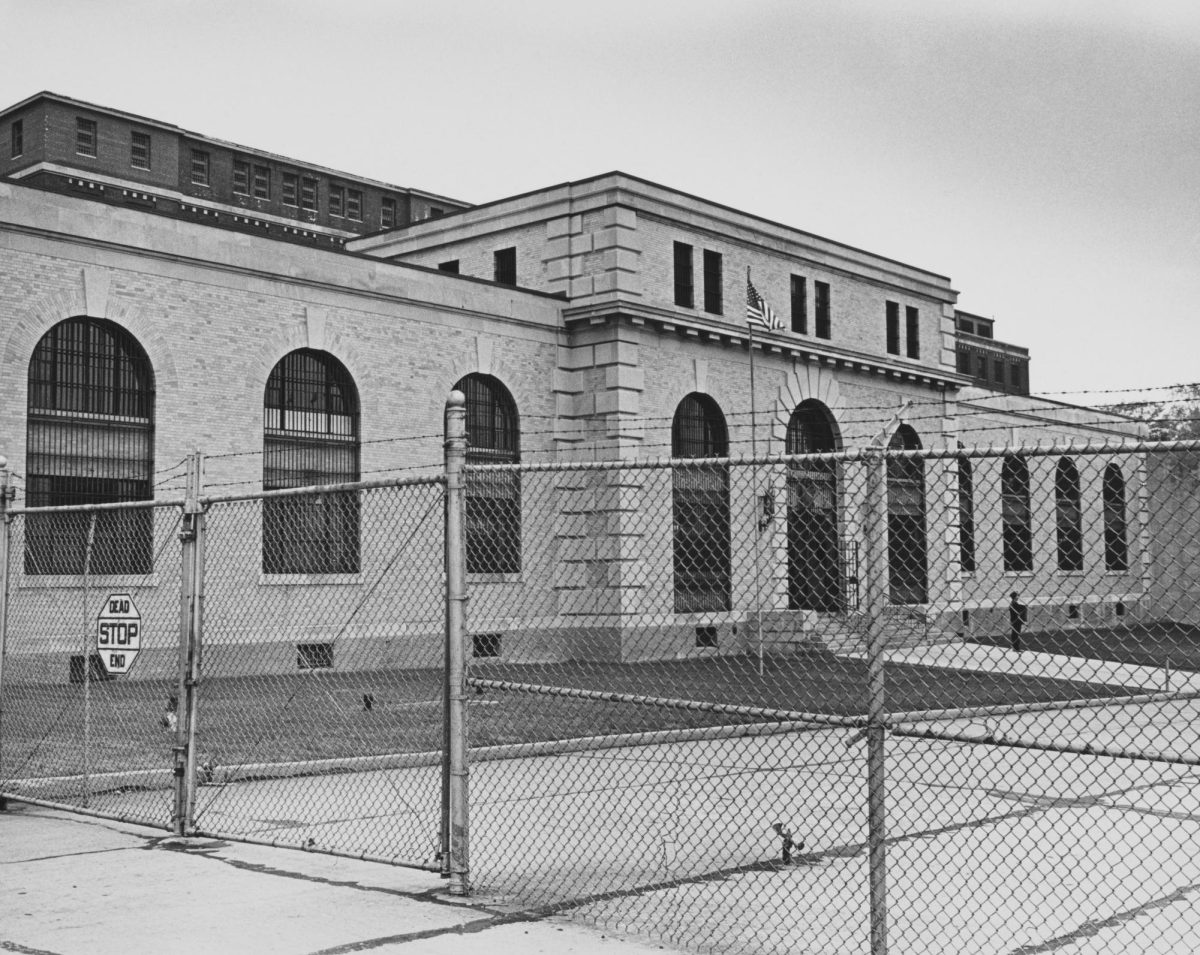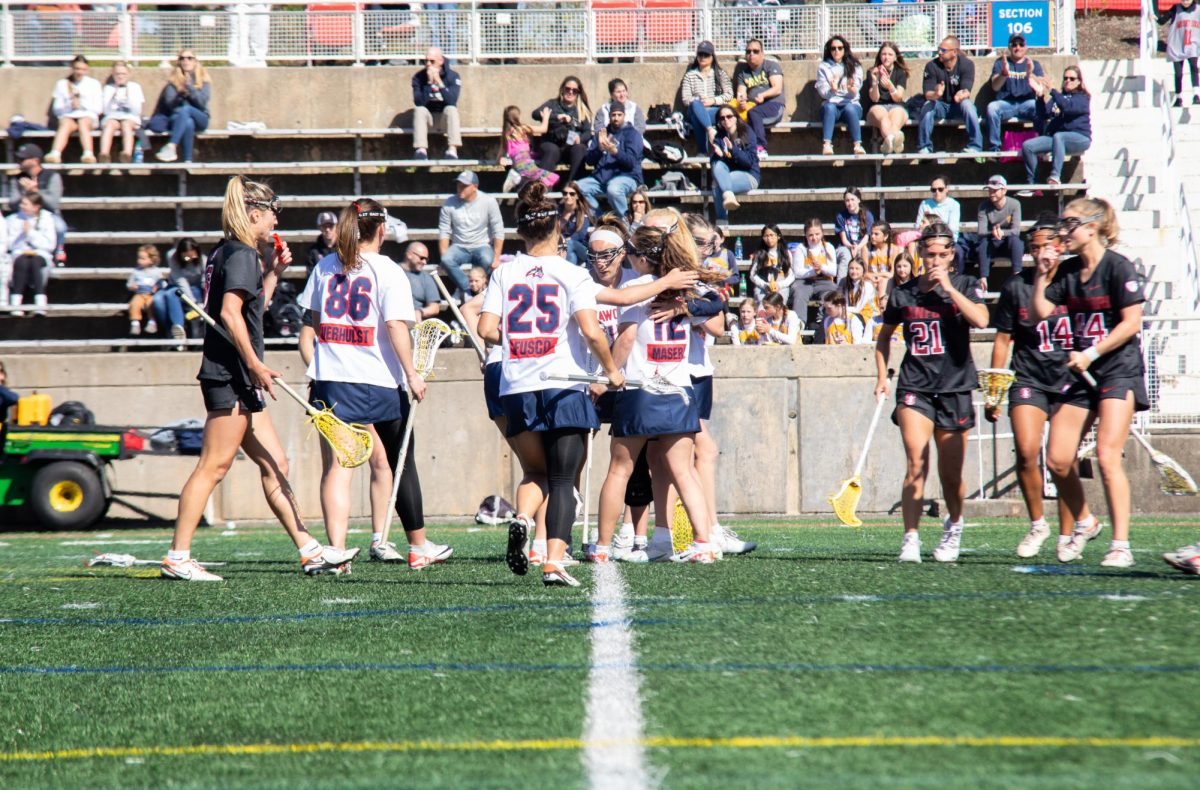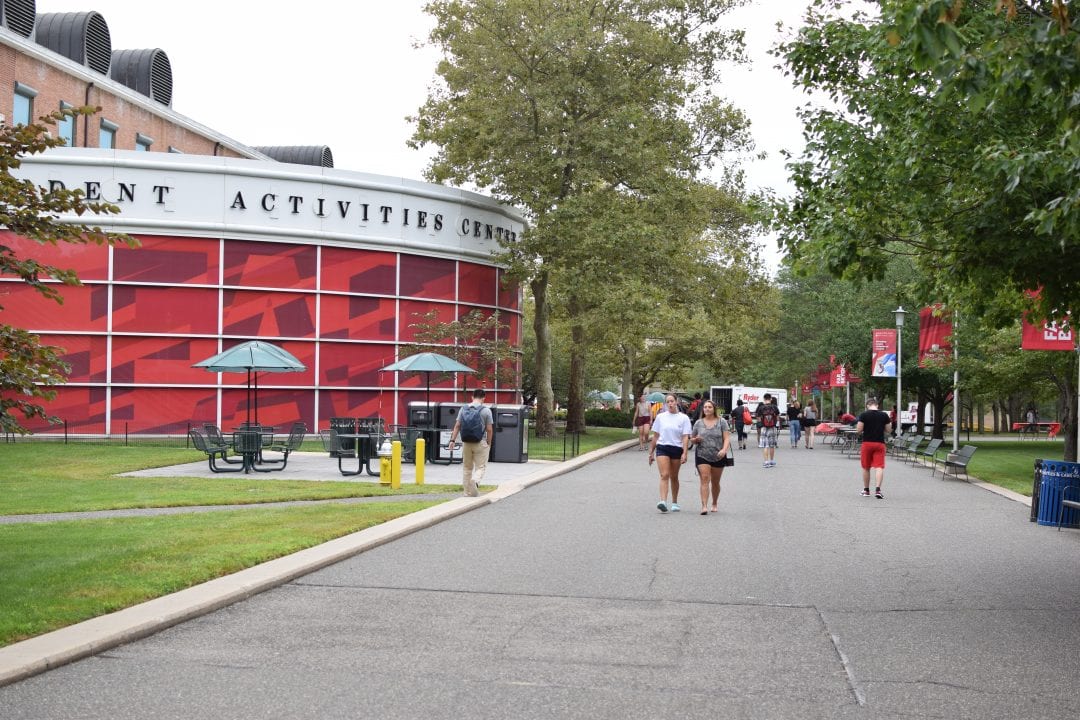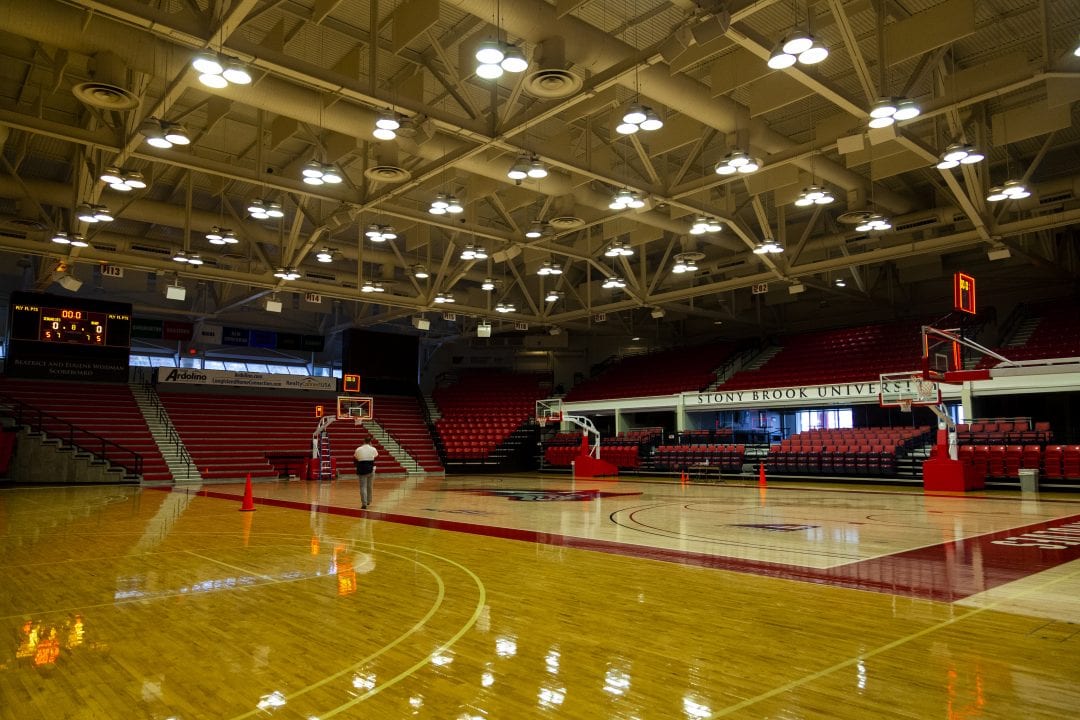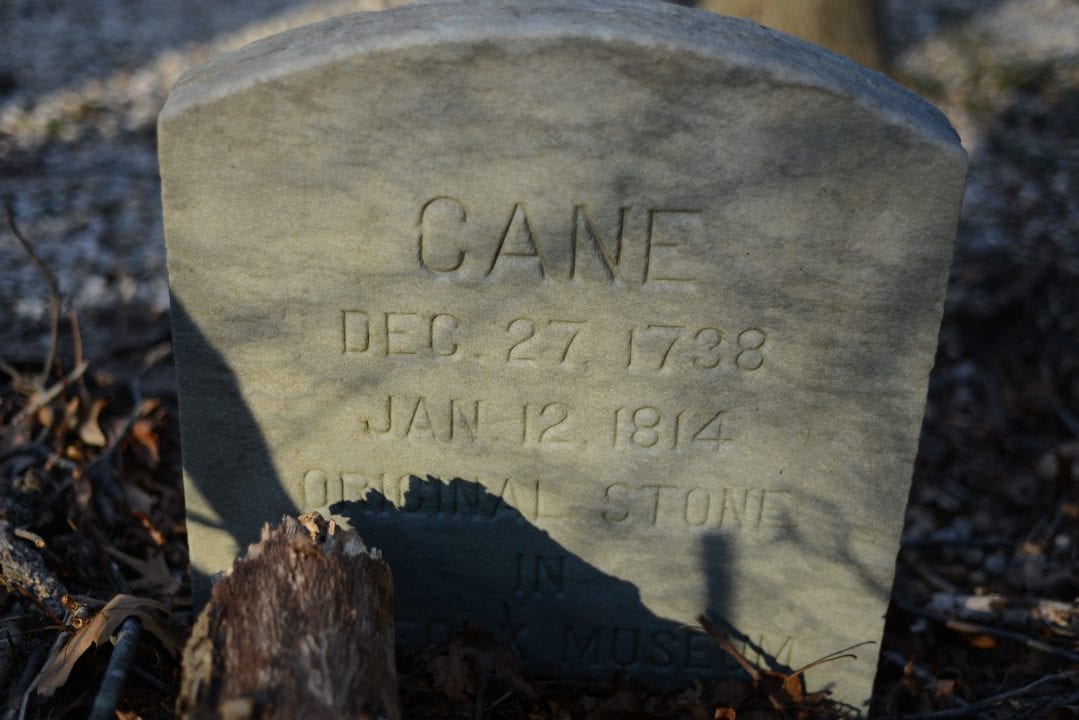
Every day at Stony Brook, each and every one of us is bombarded by “Far Beyond” signage. The message from the university to its student body: if you strive for success, Stony Brook will propel you towards it. The university has fallen short on their end of the bargain. The student body and the faculty here direly need an administration that goes “Far Beyond” in supporting them in their roles and aspirations. Students cannot go “Far Beyond” and faculty cannot send them there when students do not have access to quality affordable-housing and faculty does not have job security. Until these crises are resolved “Far Beyond” is nothing more than an empty promise and a vanity project.
In the past two decades, Stony Brook University has become swept up in a wide trend of public universities that have transitioned from engines of social mobility into profit-driven corporate structures. These universities are characterized by extensive branding and ad campaigns, conciliatory and bureaucratic administrations and the development of oversized and financially burdensome athletic programs. As early as 2013, USA Today reported that “Nearly every university loses money on sports. Even after private donations and ticket sales, they fill the gap by tapping students paying tuition or state taxpayers.” At Stony Brook, this fact is clearly demonstrated by the Intercollegiate Athletic Fee that each student pays as part of their tuition. For all undergraduate students, this fee could be up to a whopping $286.25 per semester depending on their credit count. Administration treats the university as a profit factory. To them, students are little more than revenue streams.
In the past three weeks, incoming students have likely come face to face with this reality. Hundreds of freshmen arriving at Stony Brook every year are tripled in rooms and expected to academically perform as if their living situation should have no bearing on their attitude or potential. Residential problems go further than a simple lack of space.
During my first semester here at Stony Brook, I was living in Eisenhower College in Kelly Quad. This quad had decades old suite-style rooms that were built quickly and cheaply and are notorious for shortcomings. One day in November, I came home to discover that the heat was not working and the shower would only run cold. At least I didn’t have two roommates. I would overcome some frustration by screaming into my pillow in private. These kinds of difficulties aren’t exclusive to underclassmen either. Jules Niedermeyer, a senior biology major, relayed her experience of moving into a West G suite this semester, describing it as featuring plenty of mold, stains and even a bit of litter, obviously not having been cleaned thoroughly enough after the former occupants departed.
So, why isn’t the university allocating funds to address these issues with the current residential buildings or to build new affordable student residences? Money certainly isn’t funding academic programs or being used to hire and maintain faculty departments. In fact, in the past three years, some of Stony Brook’s oldest and best faculty members have been curious as to just what university funds are being used for. The university is currently embroiled in a controversy that was most recently addressed by professor David McKinnon. The university has been in a crisis state for the past two years following the administration’s announcement of a $25M budget deficit and their subsequent slashing of faculty positions, instatement of a hiring freeze and issuance of a non-renewal notice to young tenure track faculty.
McKinnon described faculty morale as being at rock-bottom. He outlined two demands of the faculty to the administration: a return to the fiscally conservative practices of the university’s recent past and financial power returning from administration back to department heads. McKinnon writes “Ultimately we need sympathetic leadership.” Amidst this ongoing crisis, former President Stanley felt it was appropriate to jump ship, the administration remains conciliatory about its financial practices both past and present, specifically about what spending practices ultimately led to the budget crisis in the first place, and department heads have no more financial power than they did at the time of McKinnon’s writing. Although these demands will take time, the administration has proven itself to be untrustworthy in the past.
The student body must not dismiss ourselves as powerless. There is a long history of student movements on campuses having a vast impact on universities. Organized efforts may take some time to effect but they must begin this semester. A great place for an individual student to begin is by reading the history of phenomenal reporting on this subject. College is a place to take on certain civic duties. Despite hefty workloads, keeping up with the news is a necessity. All of us rightly concerned must also boycott athletics events; spending money on these events only reinforces the administration’s current financial policies. Finally, we should speak with our professors and faculty about the topic. Be curious about what they might have to say and what you could learn about the history and culture at Stony Brook.
The class of 2023 is the largest in Stony Brook’s history. Freshman, in the next four years you spend here, do not become complacent or, forget or let anyone tell you differently: this university is yours, you can do what you want with it, so go “Far Beyond” their expectations and do what you must; save it.
Correction: Sept. 22, 2019
A previous version of this story misstated that an indoor athletic facility was a soccer stadium. The sentences “Last year, when the university had the opportunity to anticipate a large incoming class in the fall and construct sufficient housing to accommodate them they chose instead to invest in the construction of what appears to be a new indoor soccer stadium. This stadium can be seen under construction behind the soccer fields across from the LIRR,” were removed. To further clarify, the money used for the construction came from donors and not the university.
Correction: Sept. 29, 2019
A previous version of this story said “full-time resident students” have to pay a $286.25 Intercollegiate Athletic Fee. All undergraduate students, including commuters and part-time students, have to pay different amounts of the fee depending on the number of class credits they are enrolled in for the semester.

